
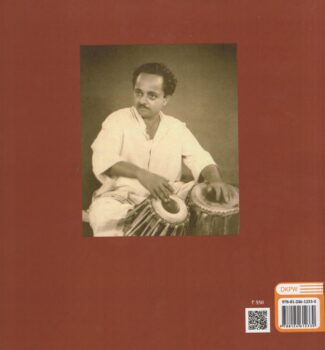
Professor Sudhir Kum...
Professor Sudhir Kumar Saxena Centenary Celebrations
by: Manjula Saxena₹550.00 Original price was: ₹550.00.₹495.00Current price is: ₹495.00.
ISBN: 9788124612330
Year Of Publication: 2023
Edition: 1st
Pages : vi, 60
Language : English
Binding : Hardcover
Publisher: D.K. Printworld Pvt. Ltd.
Size: 23
Weight: 275
Introduction
1. Uniqueness of the Tradition of Teaching Indian Classical Music Arising out of the Concept of “Kanthasth” Knowledge
2. The Principles and Aesthetic Aspects of Improvising and Creating Compositions in the Field of the Art of Tabla
3. A Journey from Ancient Tripuskar Vaadya to Modern Indian Percussion Instrument Tabla
4. Traditional Tabla Playing with Diverse Compositions
5. Philosophical Aesthetics and Indian Music
“Professor Sudhir Kumar Saxena Centenary Celebrations” Cancel reply
- Sale!Cinema Through Rasa by: Prachand Praveer
₹1,500.00Original price was: ₹1,500.00.₹1,350.00Current price is: ₹1,350.00.Cinema Through Rasa discusses the important works of the world cinema in the light of Rasa Siddhānta of the Indian classical aesthetics. Rasa Siddhānta was first mentioned in Bharata Muni’s Nāṭyaśāstra – the ancient treatise on dramaturgy. This book catalogues the major cinematic works in the light of Abhinavabhāratī – a tenth-century commentary on the Nāṭyaśāstra by the great Kashmiri Śaivite philosopher Abhinavagupta. Further, it outlines the links between puruṣārtha, the cultural value system of life pursuits in Indian tradition, and aesthetics while citing examples from the works of major directors such as Orson Welles, Luis Buñuel, Ingmar Bergman, Akira Kurosawa, Andrei Tarkovsky, Alfred Hitchcock, Carl Dreyer, Charlie Chaplin, Sergei Eisenstein, Robert Bresson and Satyajit Ray.
Using contemporary scholars’ interpretation of non-dualistic Kashmir Śaivism tradition, Cinema Through Rasa aims to serve as a tribute to Abhinavagupta’s genius, a commentary on important ideas such as rasa, nature of emotions, cinema and beauty along with a tryst with the masterpieces of the world cinema. The meaning of this book is summarized by this verse – na hi rasād r̥te kaścid arthaḥ pravartate – the medium of cinema, though modern, should be seen as resting in the power of rasa without which nothing makes any sense.
This book is a translation of the original Hindi book Abhinava Cinema, which was first published in 2016. Abhinava Cinema was lauded as innovative, path-breaking and a must-read for students of literature and cinema studies by scholars and critics. - Sale!Dhvani by: Subhash Chandra Malik
₹650.00Original price was: ₹650.00.₹585.00Current price is: ₹585.00.Dhvani (Sound/Nada) is a profound experience that envelopes us from birth to death. Yet it is not easily fathomed. Its description by an accoustic engineer is very different from that of a musician, a linguist, a city planner, or a neurologist. The IGNCA (Indira Gandhi National Centre for the Arts), New Delhi, organized a 2-day International Seminar: 24-25 October 1994, not only to understand the experiential, cross-cultural perceptions of sound, or not just to discourse about its definitional subtleties as are encountered in the ancient texts of the East and the West; but also to bring together its perceptions in tradition, modern accoustics, and even in the ongoing environmental studies. In todays living conditions, the Dhvani-theme is specially crucial for sound has become a major pollutant both in terms of resonances and accoustics. Assembled in this volume are the presentations of the IGNCA seminar, exploring the various complex conceptual dimensions of sound: ranging from its mystical and traditionally metaphysical to its present-day developments, from its perceptions in indigenous musical theory to its futuristic applications. With focus around five thematic areas of the seminar: (a) Sound as the Source of Creation and Sources of Sound, (b) Sound and the Senses, (c) Sound and Space, (d) Sound and Time, and (e) Symbols of Sound and Sonic Designs, the authors open up the possibilities of interaction among different disciplines involved in the study of dhvani-phenomenon.
- Sale!Avenues to Beauty by: Sushil Kumar Saxena
₹580.00Original price was: ₹580.00.₹522.00Current price is: ₹522.00.This book may well be expected to interest one and all, if only because of the diversity of its content and the way it has been presented.
It has something of value for lovers of both contemporary and traditional thinking on the arts. Essays on Aesthetics Today, The Quest for Key Aesthetic Concepts and The Aesthetic Attitude relate explicitly to present-day aesthetics; and the one on Rasa Theory may well be able to provide some new insights to those who are not averse to looking anew at this impressive foray of traditional Indian thinkers into the region of aesthetics.
However, the essay which is most likely to draw and hold readers attention because of the tantalizing appearance, so to say, of its very subject is the one on Music and Silence. Very few aestheticians have written on it so far; and nowhere, except in this book, is the reference all along to Hindustani music. Nor has our rhythm ever been written on in the way it appears in this book, in terms of the following essays: Hindustani Rhythm and Aesthetic Theory and Hindustani Rhythm and an Aesthetical Issue.
As for the essay on Attenboroughs classic film Gandhi, it may well make readers realize, in happy wonderment, how much they failed to mark when they saw it. Indeed, there is no reason why analytic writing on art should not make us ever more sensitive to the numberless creative devices it employs with delightful effect. - Sale!Dramatic Concepts, Greek and Indian by: Bharat Gupt
₹1,100.00Original price was: ₹1,100.00.₹990.00Current price is: ₹990.00.This study offers a fresh approach in comparing ancient Greek and Indian dramatic theories. Instead of treating the Poetics and the Natyashastra as Western and Eastern viewpoints, it places them within the broad framework of ancient Indo-European culture and the art of sacred drama (hieropraxis). It demonstrates that hieropraxis was basically different from post-Renaissance European drama which was entirely secular in content and Realistic in presentation. The Poetics and the Natyashastra on the contrary, belonged to theatres which pleased both gods and men, and which used semiotised gesture, dance, music, and dialogue to create a highly ornate theatrical reality. The book aims at comparing not only the concepts as propounded by Aristotle and Bharata Muni, but also attempts to reconstruct the Greek and Indian performances to highlight their similarities and differences. In view of the increasing constrains imposed on artistic endeavours by commercial pre-occupations in todays world, this stimulating revaluation of the two major classical stage-crafts will go a long way in the discerning and shaping of newer modes of performance. Concepts like anukarana, dharmi, abhinaya, itivritta, mimesis, muthos, melopoiia, katharsis and rasa, etc., as revisited and expounded here, can be seen as means of creating dramatic shows which go beyond message and entertainment to provide sublimer experiences.
- Sale!Aesthetics by: Manjula Saxena
₹600.00Original price was: ₹600.00.₹540.00Current price is: ₹540.00.After its attainment of Independence, India has witnessed the quickening of a new life in the field of art as well. Cultural exchanges between its various regions have shown a marked upswing, and reflection on cultural matters has also increased beyond expectations. Concurrently, in quite a few of our colleges and universities aesthetics has been included in the syllabi as an optional subject of study. Some books on this subject, mostly written in the traditional way, are surely available; but philosophical aesthetics, which is today regarded as a distinct intellectual achievement of the twentieth century, still remains largely neglected in the field of Indian scholarship. What is worse, a Hindi book on this form of aesthetics has never been attempted before the present work.
It is precisely this need which this book seeks to meet fairly. With an eye to facilitate understanding of the basic concepts and related problems of contemporary aesthetics, the author has taken pains to give appropriate references, as illustration, to Hindi, Urdu, and English poetry, and music. This should make the book useful to students of both philosophy and music.
Its language is simple Hindustani; and the manner of writing is free from needless ambiguities. Readers in general should therefore find it not only easy to follow, but interesting as well.


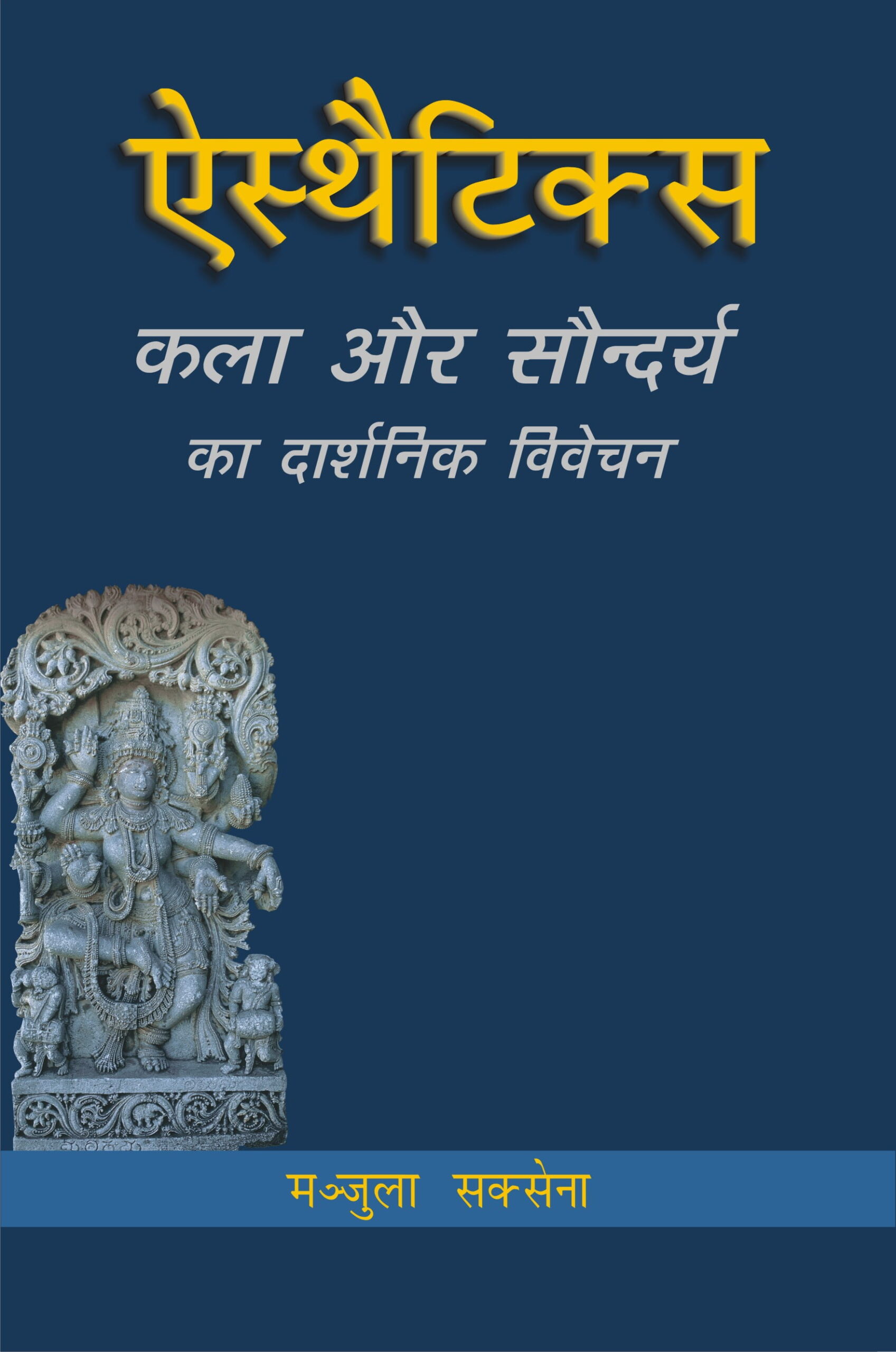

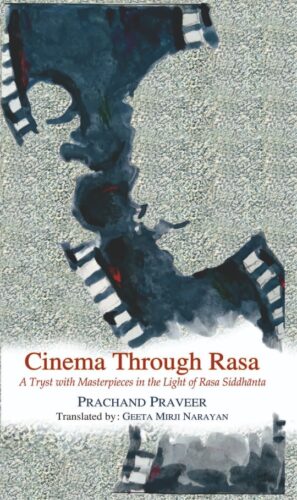

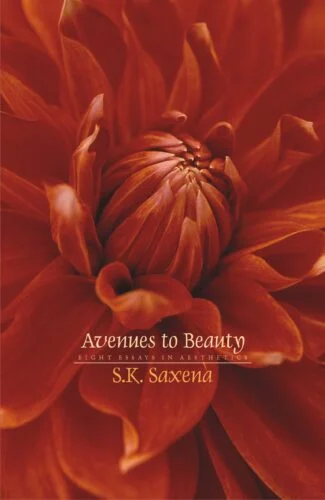
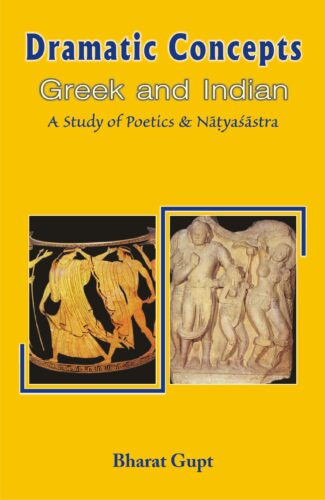
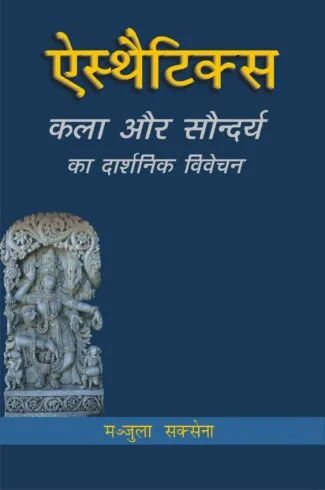
There are no reviews yet.